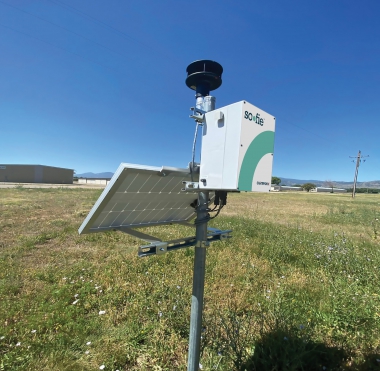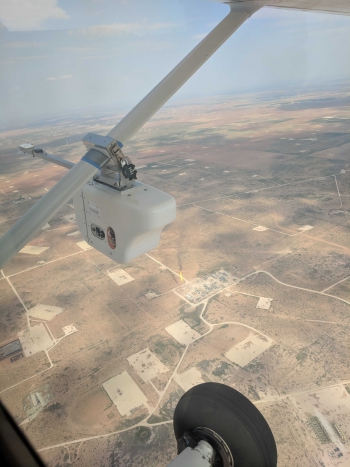We cannot abate methane without embracing all technologies
Reducing methane emissions from the natural gas production and transportation makes both good climate and business sense. MiQ’s Methane Mission is to create a third way between voluntary and regulatory actions – differentiating producers based on their methane emissions performance and incentivizing the sector to improve.
Technology is a key element in MiQ’s Mission to certify 100% of the world’s natural gas, but with some people claiming there’s one solution to solve every operator’s problem, it’s important to set the record straight about what role currently available technology can play in reducing methane emissions.
|
Advertisement: The National Gas Company of Trinidad and Tobago Limited (NGC) NGC’s HSSE strategy is reflective and supportive of the organisational vision to become a leader in the global energy business. |
Drone-based, plane-based, satellite-based and continuous systems have all come a long way over the last decade to become cost-effective, globally accessible and much more accurate in detecting large emission sources. While significant advancements have been made, there is no silver bullet yet for methane prevention throughout the oil and gas supply chain. We will not be able to abate methane without embracing all credible technologies and methods. In order to galvanize action around this reality, future-proof, technology-agnostic, open-source standards that embrace layers of detection, quantification, action, and avoidance are needed. Standards that prematurely pick technology winners and promote specific brands for profit motives suppress needed innovation and wreck the credibility of emissions certification schemes. Independent, transparent, and 3rd party audited certification schemes must be employed exclusively to save the credibility of certification and lead to actual emission reduction.

Extensive research utilizing top-down methods have been instrumental at identifying large super emitting events that have previously been under-appreciated by regulatory LDAR programs and GHG inventories. Drones, planes, and satellites have the advantage of complete spatial coverage over entire pads, pipelines and facilities. These tools easily track methane plumes, especially those from high elevation sources such as tanks and unlit flares, often out of view of many ground-based LDAR surveys or stationary detection systems. As the name suggests, continuous monitoring has the advantage of greater temporal completeness which allows operators to respond more quickly to intermittent emissions sources. Among many other considerations, the placement and quantity of sensors deployed per site must be evaluated to determine optimal deployment. And we cannot dismiss the value of handheld LDAR surveys, where a discreet emission source can be identified and repaired, sometimes immediately.
We are forced to evaluate multiple tradeoffs when choosing emission detection methods for each facility, including:
- fraction of area covered in the X,Y and Z direction, or spatial completeness
- temporal completeness
- minimum detection limits
- probability of detection
- speed of reporting
- attribution to the source
- impact from environmental factors such as wind, humidity, topography
- ground or airspace restrictions
- size and distribution of equipment and pipelines
And, we should not forget, the real value comes from what we do with that information - in the form of responding to and repairing unintended sources, but also analyzing the root causes of problematic emission sources and developing solutions to prevent reoccurrences.
Tackling the issue of methane quantification – or “measurement” – for the purposes of GHG accounting, inventories, targeted reductions, methane intensity calculations – is another critical ambition for this emerging technology space. But, to be clear, measurement is quite different from monitoring. There is no currently accepted yardstick for reconciling top-down and bottom-up quantification, due to variable confidence bounds, sampling size, and bias between methods, despite what confusing hype you might hear. Technology-agnostic performance standards and protocols that provide technical guidance on how to properly incorporate and reconcile direct emissions measurements with existing inventories are the only step in the right direction.
HOW and WHERE and WHICH technology to embrace is a complicated problem to solve.
Regulators around the globe are grappling with this very issue. We cannot wait for the silver bullet and climate change cannot wait any longer, which is why certifications and market-focused mechanisms are eager to meet this challenge head-on.
We need flexible, future-proof, holistic, transparent and third-party audited Standards for methane emissions reduction. Any program or scheme that attempts to simplify the issue for the sake of promoting their brand of technology or quantification is wrecking the credibility of emissions tracking that certification is meant to bring to the table.
By enabling the power of market forces to drive innovations in methane tech, we can accelerate the shift to a natural gas industry with low methane emissions.
Lara Owens, Director of Science and Technology


